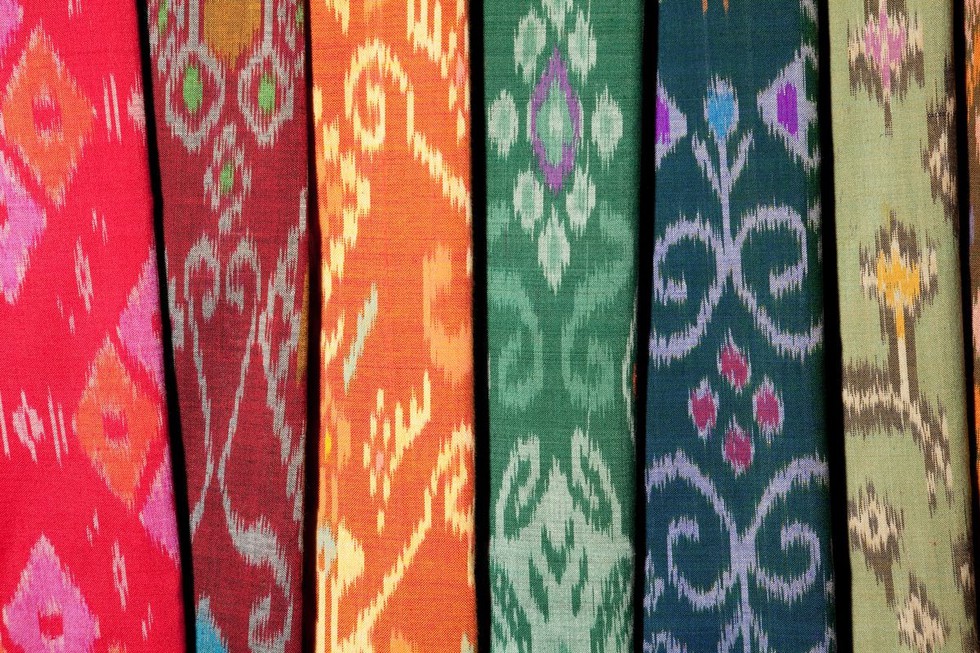Nestled in the heart of cultural preservation efforts, the ancient craft of Ikat weaving is experiencing a renaissance. Originating in diverse cultures across the globe, from Indonesia to Central America, Ikat involves a meticulous dyeing technique where yarns are tie-dyed before being woven into intricate patterns.
The Rise of Ikat:
In recent years, as interest in sustainable and ethically sourced products has surged, artisans and designers have turned their attention to Ikat, recognizing its unique blend of craftsmanship and cultural significance. Far from being consigned to history books, Ikat is now adorning fashion runways, interior décor, and artisanal markets worldwide.
Challenges Faced:
Yet, this revival isn’t merely about commercial success; it’s about preserving a fragile legacy. Many traditional Ikat weaving communities, particularly in remote regions, are facing challenges such as dwindling interest among younger generations and the encroachment of mass-produced alternatives.
Solutions and Empowerment:
However, through initiatives focused on education, community engagement, and fair trade practices, these artisans are not only safeguarding their craft but also empowering their communities economically and culturally.
Symbolism and Significance:
Each intricately woven textile is not just a product; it’s a narrative of tradition, resilience, and the enduring power of human creativity. As consumers increasingly seek out stories behind their purchases, the allure of Ikat extends beyond its aesthetic appeal, weaving a narrative of heritage and authenticity in a fast-paced world.
Multiple Choice Questions (MCQs):
- What is Ikat weaving?
- a) A form of embroidery
- b) A dyeing technique before weaving
- c) A type of pottery making
- d) A method of paper crafting
- Where does Ikat weaving originate from?
- a) Europe
- b) Africa
- c) Indonesia to Central America
- d) Australia
- Why has there been a recent resurgence in interest in Ikat weaving?
- a) Due to its availability in mass-produced alternatives
- b) Because it is a newly discovered craft
- c) Increased demand for sustainable and culturally significant products
- d) It is now prohibited in many countries
- What challenges do traditional Ikat weaving communities face?
- a) Overwhelming demand leading to overproduction
- b) Dwindling interest among younger generations and competition from mass-produced alternatives
- c) Lack of raw materials
- d) Government regulation banning Ikat weaving
- How are artisans addressing the challenges faced by traditional Ikat weaving communities?
- a) By ignoring the challenges and focusing solely on commercial success
- b) Through initiatives focused on education, community engagement, and fair trade practices
- c) By increasing the prices of Ikat products
- d) By decreasing the quality of their products to reduce competition
